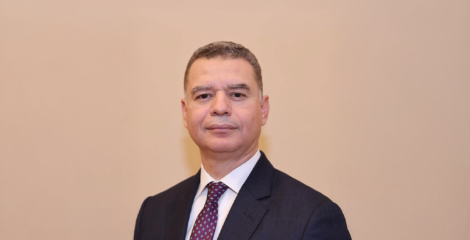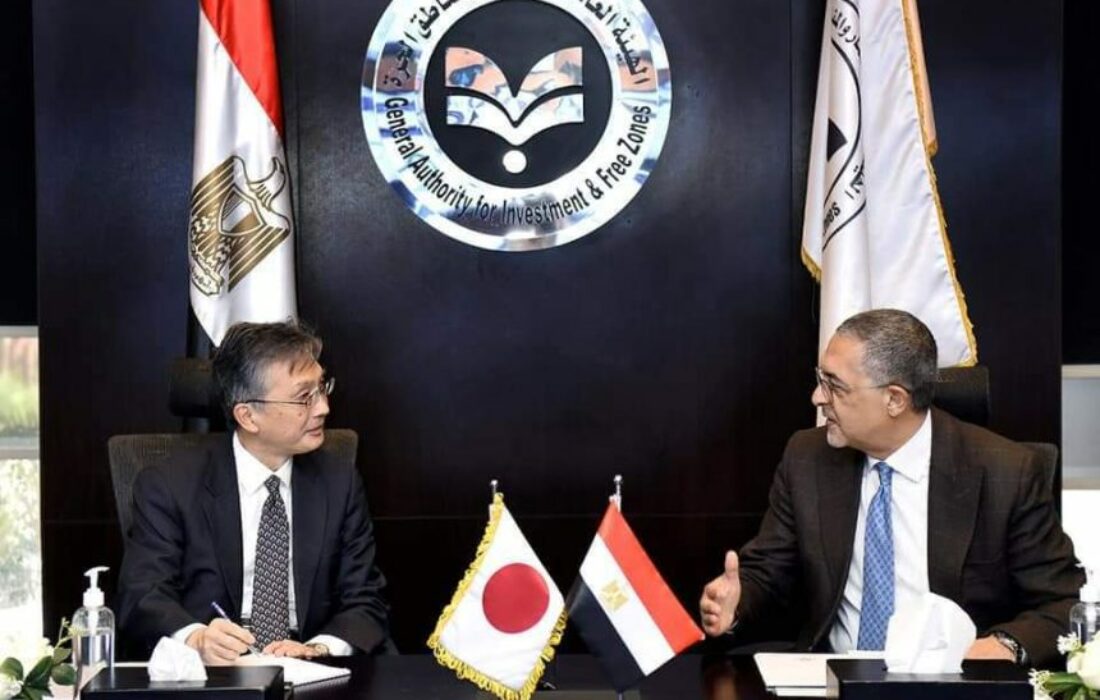Artificial Intelligence (AI) is a major driving force behind global digital transformation, and it has recently become the talk of the town as the whole world scrambles to embrace this revolutionary technology at an unprecedented pace. As headlines of OpenAI and other global tech giants’ AI advancements continue to flood our feeds, we dug into where the Arab World stands in the AI race today.
Current Standing
Interest in artificial intelligence has been bubbling in the region for some time, with several governments announcing national AI strategies and seemingly exploring the potential of this technology. Saudi Arabia was recently ranked second globally in “AI awareness” in Stanford University’s USA’s Artificial Intelligence Index Report, falling short only to China, who topped the list. The ranking reflects the Saudi population’s receptivity to AI tools and services, as well as their general optimism toward this transformative technology.
But while government PR offices are actively pushing narratives surrounding AI, and the younger Arab generation does seem to have embraced popular emerging AI tools such as ChatGPT, as a region, we are still lagging heavily in the development of useful Arabic AI tools and in generally advancing the niche of Arabic artificial intelligence.
Several factors, ranging from the Arabic language’s inherent complexity to government involvement and education, are contributing to this lag.
English vs. Arabic Natural Language Processing
Natural Language Processing (NLP) is a subfield of artificial intelligence that focuses on enabling computers to understand, interpret, and generate human language. In essence, NLP aims to bridge the gap between human communication and computer understanding, playing a crucial role in training chatbots like ChatGPT by teaching them how to process and generate human-like text responses.
There are several stages involved in NLP, including tokenization (breaking text into words or phrases), parsing (analyzing the grammatical structure), and semantic analysis (understanding the meaning of the text). Machine learning techniques, such as deep learning and neural networks, are used to train NLP models to perform these tasks effectively.
The complexity of NLP tasks can vary depending on the language being processed. For example, NLP for English and Arabic presents different challenges due to the distinct characteristics of each language.
English is a widely studied language with a vast amount of resources and research available, which has helped advance NLP techniques for English significantly. The relatively straightforward structure and grammar of English also contribute to the ease of developing NLP models for this language.
On the other hand, Arabic has long been considered a difficult language for natural language processing tasks, due to the following reasons:
Rich morphology: Arabic words can have numerous forms and variations, making it difficult for NLP models to identify and process them accurately. Arabic nouns, verbs, and adjectives are highly inflected, meaning that their forms change depending on the context, such as tense, gender, and number. For example, if we change the subject from “I” (أنا) to “we” (نحن), the verb “love” (أحب) will also change to (نحب). An NLP model must be able to recognize these inflections and understand their impact on the meaning of the sentence.
Complex syntax: The sentence structure in Arabic can be more complex than in English, posing challenges for parsing and understanding the relationships between words and phrases. Unlike English, which follows a relatively fixed subject-verb-object word order, Arabic allows for a more flexible word order, such as verb-subject-object and subject-object-verb. This flexibility can make it challenging for NLP models to parse and understand the relationships between words in a sentence.
Dialectal variations: Arabic has numerous dialects that differ significantly from the Modern Standard Arabic used in formal writing. This makes it challenging for NLP models to process and generate text in these dialects, which are widely spoken (both physically and on the web) across the Arab world.
Limited resources: Compared to English, there are fewer annotated datasets and research available for Arabic NLP, which can hinder the development of advanced models and techniques. Even the heaps of Arabic text publicly available online is considered difficult to process and looks like a tiny spec next to the availability of English text. After all, there aren’t nearly half as many people who speak Arabic vs. English around the world, and even those of us who do speak Arabic had to resort to a version of Arenglish “انجليزي معرب” during our first 10 or so years on the web to circumvent the challenges of communicating in Arabic online in the early days of the internet.
Despite these challenges, recent advancements in NLP and machine learning have led to significant improvements in Arabic language processing. As a result, chatbots like ChatGPT and even simpler AI models like Google Translate are becoming increasingly capable of understanding and generating coherent and contextually relevant text in Arabic, paving the way for more advanced and accessible AI applications in the Arab world.
The Role of Governments & Institutions
While it seems that all governments globally are struggling to catch up with the ever-changing field of AI, the public sector’s proactive involvement in the space is essential for creating a thriving AI ecosystem that drives economic growth, improves public services, and bolsters the region’s competitiveness on the global stage.
By incorporating AI into national strategies and launching dedicated initiatives, governments can demonstrate their commitment to embracing this transformative technology. By investing in AI research centers and fostering collaborations with international institutions, governments can nurture local talent and attract global expertise. Additionally, establishing robust legal frameworks and ethical guidelines for AI ensures that its development is responsible and inclusive, addressing key concerns such as data privacy and security.
Regionally, the most significant steps have been taken by the Emirati and Saudi governments, who have both appointed active government offices to pioneer innovation in the AI space. The UAE Council for Artificial Intelligence and Blockchain, formed in 2018, has been tasked with proposing policies to create an AI-friendly ecosystem, advancing research in the sector, and promoting collaboration between the public and private sectors to accelerate the adoption of AI, according to the council’s official website. Similarly, Saudi Arabia established the Saudi Data & AI Authority (SDAIA) in 2019 to set a national AI strategy and serve its overarching goals under Vision 2030. These entities’ biggest achievements to date have been in facilitating both funding and education opportunities in the field of artificial intelligence.
Education
Just as with any new technology, education is core to the advancement of the AI space. The UAE Council for AI & Blockchain has done an excellent job in curating a list of all local and international universities that offer various degrees and courses in the field of artificial intelligence, as well as available scholarship opportunities.
As for the Saudi Data & AI Authority, they recently launched SDAIA Academy, which so far offers a couple of programs that aim to improve both technical skill sets and more general awareness in the field of artificial intelligence.
Such localized educational opportunities are crucial for giving birth to experts who can serve the region’s AI strategies with the right context and skills. And while it is challenging for educators to keep up with the rapidly changing field of artificial intelligence, we need to see even more governments and private institutions prioritizing AI across different education levels, from primary to higher education.
Investment
It seems that every day there’s another headline boasting some multimillion – or in some cases even multibillion – investment in the AI space. After all, recent reports estimate that global spending in the AI industry is set to reach $151.4 billion in 2023.
In the MENA region, the International Data Corporation (IDC) estimates that spending on AI will amount to $3 billion in 2023, noting that although this figure represents only 1% of the global spending, the MENA region will see the fastest growth in spending over the next 3 years.
The largest investments in AI from our region have been coming from governments looking to diversify their portfolios and leverage investments to serve their national AI strategies. Just last September, the Saudi Public Investment Fund (PIF) and the Saudi Company for Artificial Intelligence launched a $776 million joint venture with Chinese SenseTime to develop the AI ecosystem in the Kingdom. Similarly, Abu Dhabi launched a $10 billion fund to invest in late-stage companies across various transformative sectors, including AI, through a collaboration between the emirate’s royal-backed artificial intelligence company G42 and the Abu Dhabi Growth Fund.
Not surprisingly, most of these investments are currently going to foreign, more established entities in the field of AI, but they do remain crucial in bringing expertise and advancements to the region. As with education, we simply need to see even more to catch up.
Conclusion
To conclude, AI interest and development in the Arab world is moving in the right direction, though at a pace that can – and needs to – be improved. Due to the exponential nature of advancement in the AI industry, it’s crucial for governments in our region to take a collaborative approach, leveraging their collective strength to foster a united and thriving AI ecosystem that propels the region towards technological leadership and global competitiveness.
If you see something out of place or would like to contribute to this story, check out our Ethics and Policy section.














